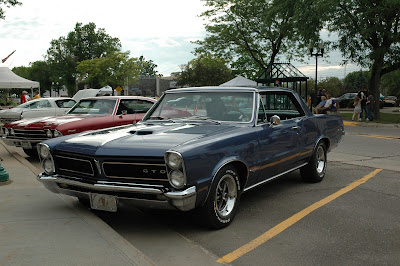 |
| New Amsterdam Theater, New York City, circa 1905, from www.shorpy.com http://www.shorpy.com/node/9430 |
The Detroit Publishing Company's major business was photochromic post cards. These were colorized versions of black-and-white images that were produced before color film became commercially viable. Post cards became the rage in the early years of the 20th century because Congress had passed the Private Mailing Card Act in 1898 which allowed post cards to be mailed for a penny (as compared to the standard rate of two cents for letters). The post card collecting frenzy lasted through World War I but had run its course by the early '20s. The Detroit Publishing Company declared bankruptcy in 1924 and was liquidated in 1932. The good news was that through the generous donations of the Edison Institute and the Colorado Historical Society, tens of thousands of the company's original 8x10 glass-plate negatives ended up at the Library of Congress where they have been digitized and put online.
Dave (aka, Shorpy) spends hours cleaning up the scanned high-resolution, glass plate negatives using Photoshop and publishes the "hi-def" images on his website for your viewing pleasure. And indeed, it is a pleasure. The clarity of these restored images is breathtaking. It is hard to overstate the impact of the clarity of the photographs. If you are so inclined, you can even purchase prints of your favorite images from the website.
Like everyone who comes to this website, the first thing that caught my attention was the clarity and size of the images. But the website - in a stroke of "social networking" genius - allows viewers to post comments about the images. As you might expect, quite a few comments simply express appreciation. But more than a few offer great followup detail on the images, identifying buildings, automobiles, clothing styles, business history, and personal details. The site essentially crowd-sources history. The fact that viewers take the trouble to go out and find these details is itself quite amazing.
Shorpy is, of course, not the only website that allows crowd-sourced history. The Internet Archives is another great place to see and comment on old films, books, and images. Google Books lets users post reviews of out-of-print volumes. These sites (and others) seem to me to be a new way to teach history in a very interactive format. Think of what might happen if kids were given assignments to link to these images and research and post additional details. The Library of Congress itself is missing out on a significant opportunity by not providing a place for comments as Shorpy and others have done.
This all works, of course, where there is something visual to share (even if that visual material is original text). Photography was invented just before the Civil War hence photo archives of older events are just not possible. But there are thousands of high-quality engravings in old books accessible through Google Books and the other websites and many old documents still exist and could be easily scanned. The web offers a truly unique opportunity to mine our collective knowledge base and invites the all-important aspect of deeper engagement by sharing.
My hat is off to Shorpy. What a great way to build and share enthusiasm for the past.
Post script: The images from the Detroit Publishing Company are free for use at the Library of Congress website. The LOC's original high-resolution scanned images are often faded and have blemishes and hence need the kind of treatment that Shorpy provides to achieve the same visual impact.














.jpg)





















